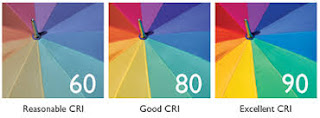Li-Fi LEDs for Internet of Things

Li-Fi is a bidirectional , high speed and fully networked wireless communication technology similar to Wi-Fi . Coined by Prof. Harald Haas, Li-Fi is a subset of optical wireless communications (OWC) and can be a complement to RF communication ( Wi-Fi or Cellular network ), or a replacement in contexts of data broadcasting . It is wireless and uses visible light communication or infra-red and near ultraviolet (instead of radio frequency waves) spectrum, part of optical wireless communications technology, which carries much more information, and has been proposed as a solution to the RF-bandwidth limitations . A complete solution includes an industry led standardization process. Technology details This OWC technology uses light from light-emitting diodes (LEDs) as a medium to deliver networked, mobile, high-speed communication in a similar manner to Wi-Fi . Li-Fi could lead to the Internet of Things , which is everything electronic being conn





